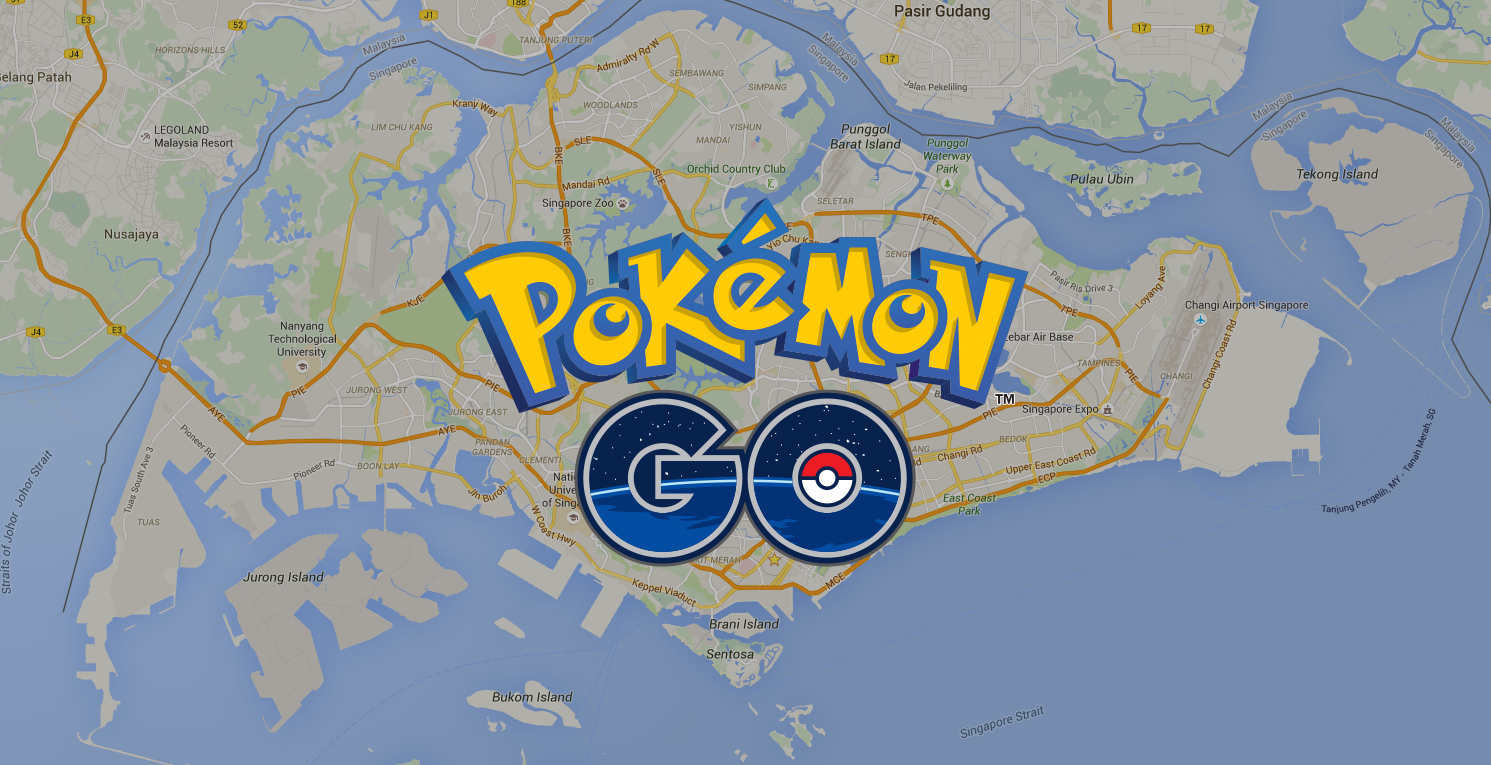A few weeks ago, someone wrote in to the Straits Times Forum, urging Singapore (or rather, the authorities?) to think twice before giving Pokemon Go the go-ahead. While she has a point–I’ve seen people standing beside dustbins looking silly just because it was a Pokestop (apparently dustbins with graffiti artwork on it qualify)–she has neglected the main reason why Pokemon GO will probably be given the go-ahead anyway.
Money (and Crowd) Talks
For a country that’s eager to bring back its shoppers and revitalise the Orchard Road shopping belt, Pokemon GO represents a perfect opportunity. I thought a while back that shopping malls and shops may choose to set a ‘Lure’ to lure Pokemon (and shoppers) in for 30 minutes, and that is exactly what ION Orchard has done, and will be doing continuously until 21 August. To sweeten the deal, ION Orchard is even giving out complimentary drinks and vouchers to Pokemon trainers.
Setting Lures is essentially a cheap way of advertising. A single Lure module costs 100 Pokecoins, or $1.48 in Singapore. You can purchase 1,200 Pokecoins at one go for $14.98 and a package of eight Lure modules for 680 Pokecoins. Doing the maths, you’ll need 24 Lures for a 12-hour day, which will cost you just 2,040 Pokecoins or $25.47, a small price to pay for one of the largest REITs in Singapore. And it certainly costs far less (in terms of both money and logistics) compared to the Orchard Road Pedestrian Night.
Of coruse, as with the Pedestrian Night, the issue is whether retailers can convert the increased footfall into sales, which the Pedestrian Night failed to accomplish. Surely F&B sales would get a boost (people need to eat and drink anyway).
For other retailers, it’s up to their creativity as to how they want to monetise Pokemon GO. Free lures with every purchase, maybe?
Numerous Possibilities
In the US, some enterprising folks are organising rides around the city for people who want to zip around Pokestops quickly or to hatch eggs (though you’ll need to be driving really slowly to do so). While such a concept will definitely be frowned upon in Singapore (and probably illegal anyway), it just goes to show many permutations there can be if you’re willing to be creative enough.
For example, the Singapore Night Festival is less than two weeks away and among its highlights are tours of certain key attractions, including the Armenian Church, National Museum and Fort Canning Park. I think it wouldn’t be too Farfetch’d for organisers to incorporate a Pokemon GO element to it to incentivise people to sign up for these tours.
Meanwhile, I already foresee a good opportunity for the Health Promotion Board to incorporate Pokemon GO in their health campaigns. Forget walking 10,000 steps per day in the National Steps Challenge–motivated Pokemon GO players will walk 10 kilometres or more in a day to hatch their eggs. Maybe a free Pokemon GO Plus accessory will suffice in lieu of the Actxa activity tracker?
And… if the authorities want to force people off the roads in favour of taking public transport, then set Lures at MRT stations or at bus stops (though as a commuter I would hope that the Land Transport Authority never ever does this).
How Long Will This Last?
Of course, the above takes a very crucial assumption–that the craze will go on for a long time. In reality, probably not. Even the original Pokemon games (and associated TV series, films and merchandise) were hugely popular for a few years at most, and people are coming back in droves to Pokemon Go in part due to nostalgia. And as we’ve seen for the long queues for Koi, Llao Llao, the Pokemon Cafe and Chun Cui He in a matter of time, crazes die down after a while and it’s back to life as per normal.
For now, and as always, the key is to make hay while the sun shines. Do first, think later.

